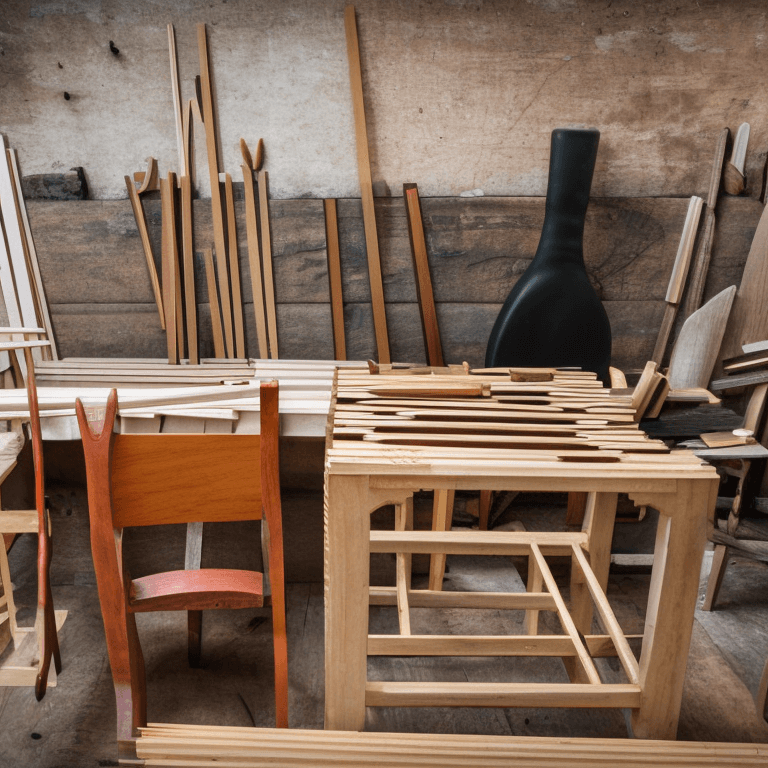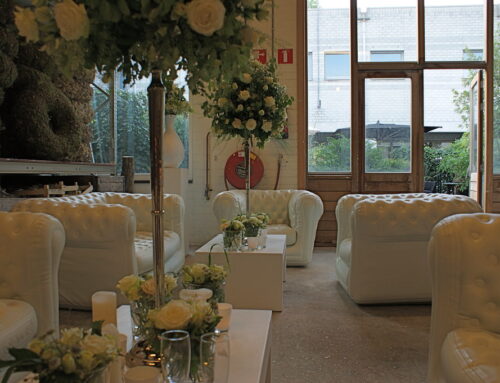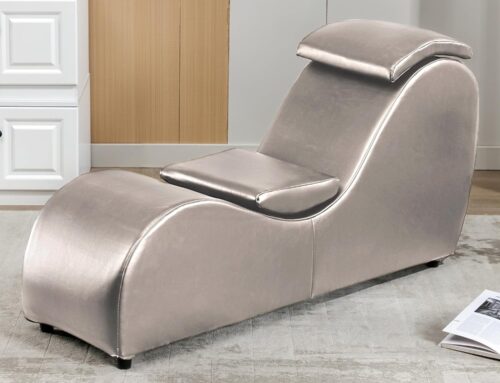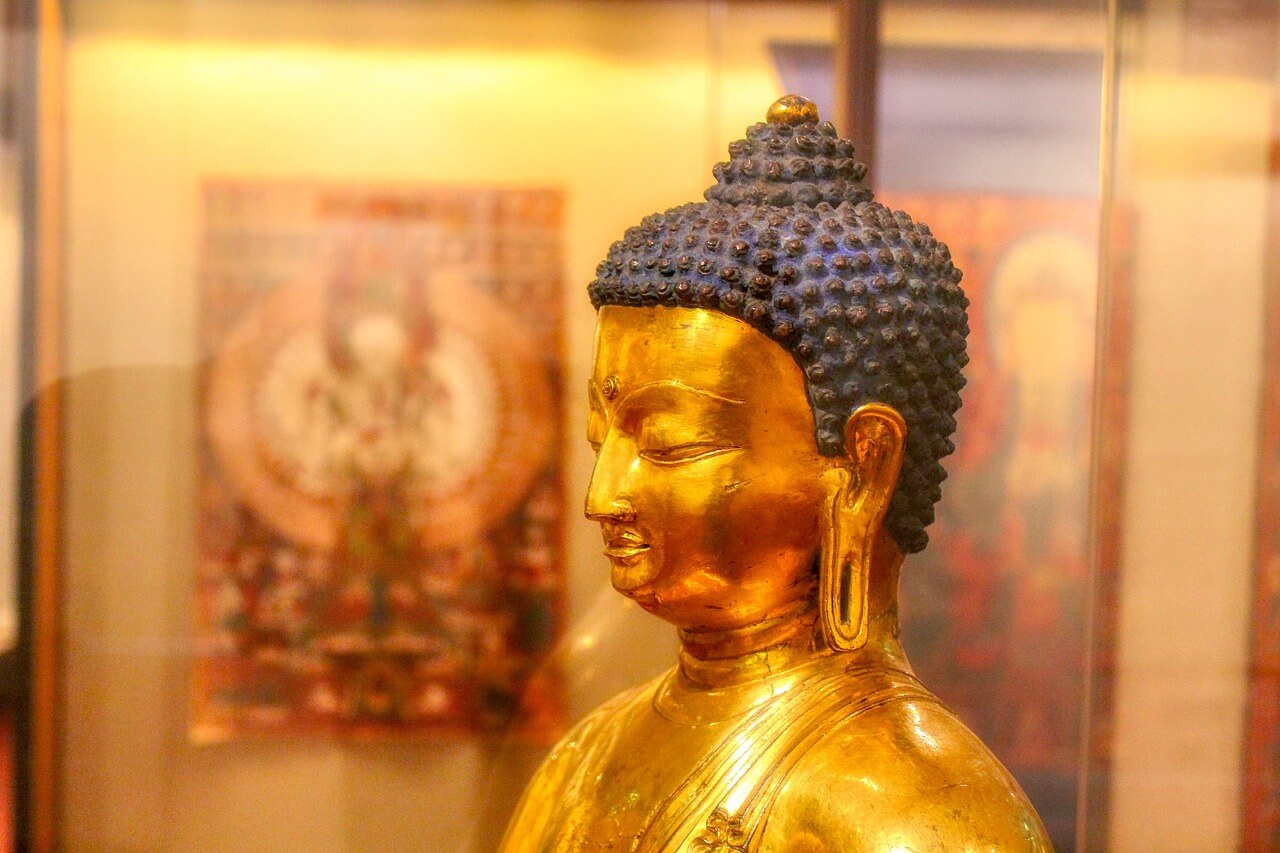The choice of wood for furniture making depends on various factors, including the desired appearance, durability, and the specific application of the furniture piece. Some popular wood types for furniture making include:
- Hardwood:
- Oak: Known for its strength and durability, oak is a popular choice for traditional and rustic-style furniture.
- Maple: Maple wood is known for its fine grain and light color, making it suitable for both contemporary and classic furniture.
- Cherry: Cherry wood has a warm, reddish-brown color that darkens with age, making it a favorite for high-end furniture.
- Walnut: Walnut is prized for its rich, dark color and straight grain, making it suitable for elegant and high-quality furniture pieces.
- Mahogany: Mahogany is known for its reddish-brown color and fine grain, often used in fine antique and traditional furniture.
- Softwood:
- Pine: Pine is a popular choice for budget-friendly furniture due to its affordability, but it may be less durable than hardwoods.
- Cedar: Cedar is valued for its natural resistance to insects and decay, making it a good choice for outdoor furniture and storage chests.
- Exotic and Specialty Woods:
- Teak: Teak is highly resistant to moisture and is often used for outdoor furniture. It has a beautiful golden-brown color that weathers to a silver-gray over time.
- Bamboo: Bamboo is a sustainable and eco-friendly choice for furniture. It is lightweight and versatile, suitable for modern and eco-conscious designs.
- Rosewood: Rosewood is known for its distinctive dark color and intricate grain patterns, often used for fine furniture and musical instruments.
- Ebony: Ebony wood is extremely dense and has a deep black color. It’s used for decorative inlays and accents in high-end furniture.
Every type of wood comes with its own set of unique features, advantages, and limitations. Selecting the right wood depends on the particular needs of your furniture project, alongside other factors including price, accessibility, and personal taste. Moreover, the sustainability and ecological footprint of the wood choice are crucial to consider, given that certain wood species might be at risk or sourced in ways that are not eco-friendly.
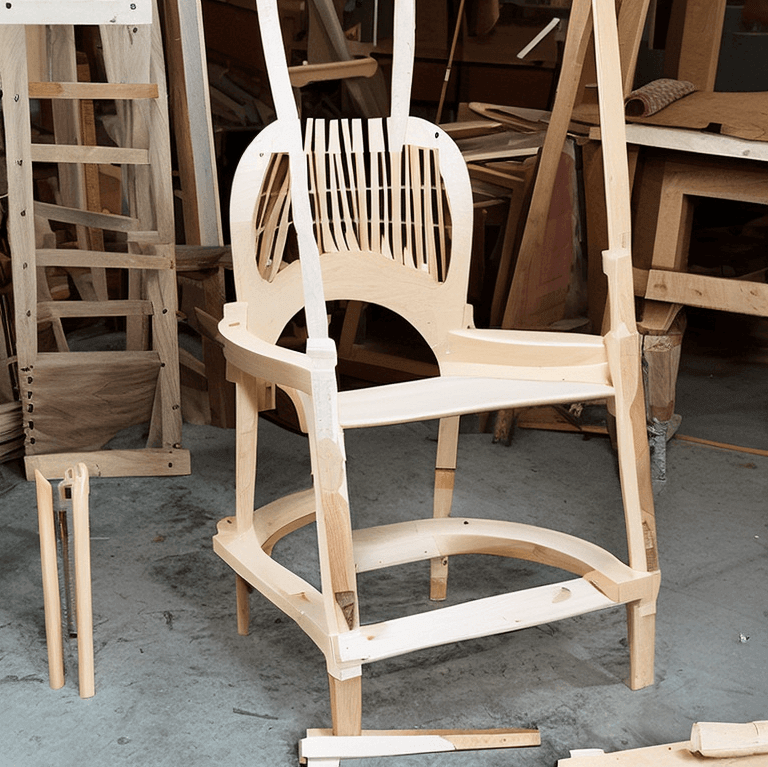
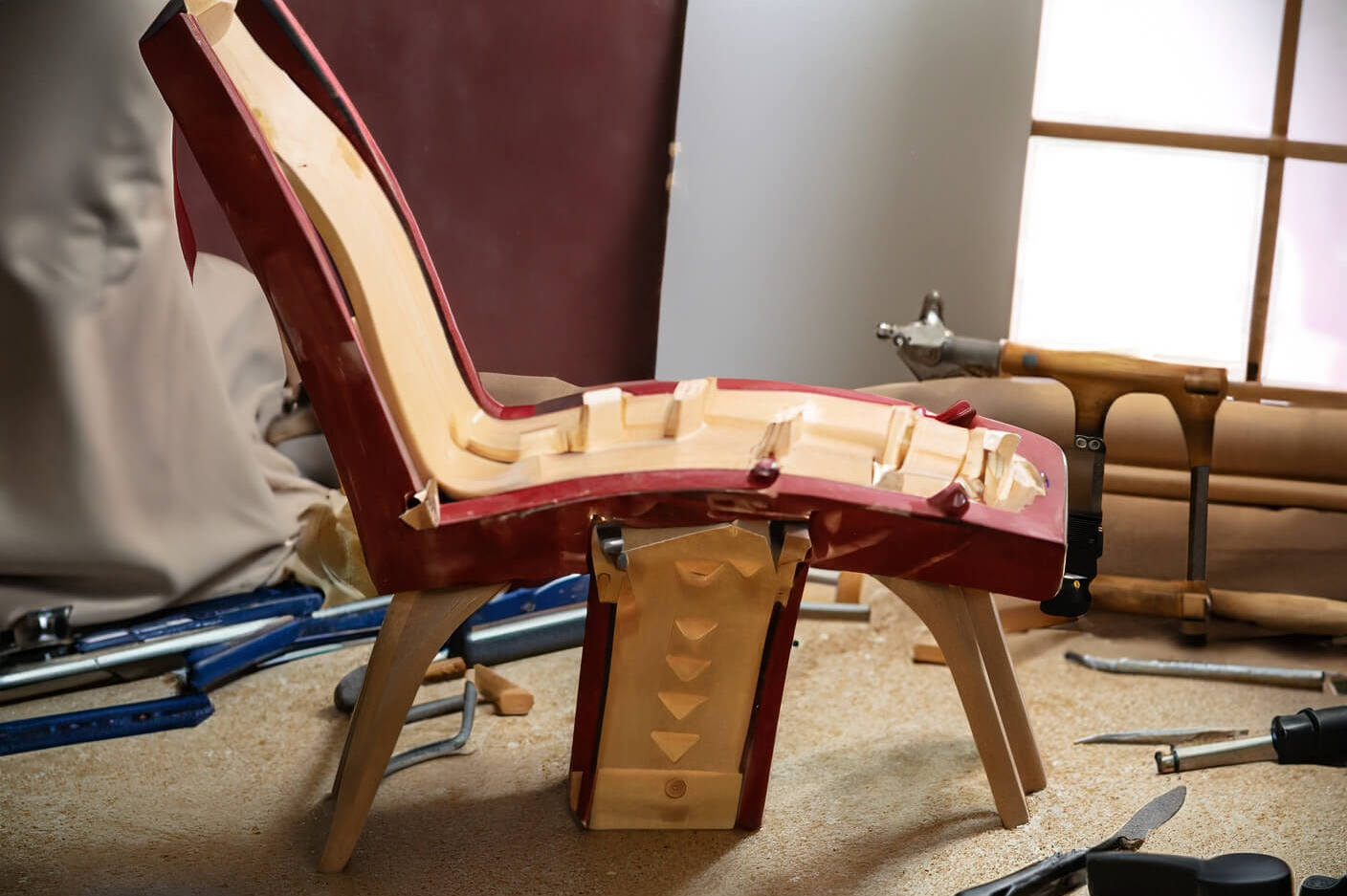
The right wood for Tantra Chair manufacturing
When selecting wood for a Tantra chair, you should consider several factors, including comfort, aesthetics, and durability. Here are some wood options that could be suitable for making a Tantra chair:
- Maple: Maple wood is a popular choice for furniture due to its fine grain, light color, and durability. It can be sanded and finished to a smooth and comfortable texture, making it a good option for a Tantra chair.
- Cherry: Cherry wood has a warm, reddish-brown color that can add a touch of elegance to the chair’s design. It’s also known for its smooth finish when properly sanded and finished.
- Walnut: Walnut wood offers a rich, dark color and straight grain, giving the chair a luxurious appearance. It can be finished to a smooth and comfortable surface.
- Mahogany: Mahogany wood is another option known for its reddish-brown color and fine grain. It can provide a classy and inviting look to the Tantra chair.
- Teak: Teak is a great choice if you plan to use the chair outdoors or in a moist environment, as it’s naturally resistant to moisture and decay. It has a beautiful golden-brown color.
- Exotic Hardwoods: Depending on your design preferences and budget, you might consider using exotic hardwoods like rosewood or ebony for unique and visually striking Tantra chairs. These woods can add a touch of luxury and exoticism to the piece.
Comfort is a crucial factor when choosing wood for a Tantra chair. You may also want to consider using cushions, upholstery, or other materials to enhance comfort and provide a suitable surface for intimate experiences. Additionally, consider the finish and sealing of the wood to ensure it’s easy to clean and maintain.

